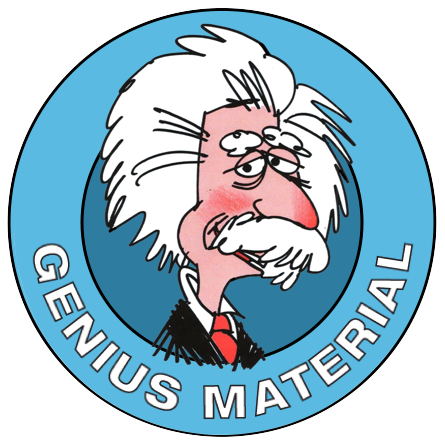 One of the many tricks world memory champions use to learn and easily recall information is a particular memory technique called the Journey Method. It’s really easy for you to use too, to learn and remember information for your Financial Services exams.
One of the many tricks world memory champions use to learn and easily recall information is a particular memory technique called the Journey Method. It’s really easy for you to use too, to learn and remember information for your Financial Services exams.
Basically, how it works is by utilising the power of association. You attach the information you want to learn onto the stages of a particular journey that you’re familiar with. It doesn’t have to be a long and complicated journey. It can be a walk to the end of the road, a trip in the car to the shop or a quick dash upstairs.
You need a different journey for each set of notes you want to learn. And you need to identify stages or points of interest along the way, to attach the different snippets of information you need to learn.
To illustrate, let me take you with me on the drive from a house we used to live in, to the local station.
- Left out of the drive
- Right at the T-junction at the end of the road
- Right at the traffic lights
- Left at the next set of lights
- Over the 1st roundabout
- Left at the next lights
- Over another roundabout
- Right at the next one, and
- Right into the car park of the station
And then you need landmarks for each of those sections of the journey, like this:
- Left out of the drive (Wheelie bins)
- Right at the T-junction at the end of the road (Bus stop)
- Right at the traffic lights (Marina)
- Left at the next set of lights (Conservatory)
- Over the 1st roundabout (Co-Op shop)
- Left at the next lights (3 billboards)
- Over another roundabout (River)
- Right at the next one, and (Pub)
- Right into the car park of the station (Ticket machine)
Next you take the key facts that you’ve identified that you need to learn – just tiny chunks of information. The smaller the chunk, the easier you’ll remember it.
And – very important – as you ‘attach’ the information, to capitalise on your brain’s preference for association – make sure you create some sort of connection between the new information you’re learning and the old information you already know – i.e. the stages of the journey.
Supposing you were learning the key facts and thresholds for ‘taxing benefits in kind’. You’d write your key notes, one against each stage like this:
- Wheelie bins – Earn less than £8500
- Bus stop – Lower paid employees
- Marina – Taxed on 2nd hand value
- Conservatory – Earn more than £8500
- Co-Op shop – P11D
- 3 billboards – Directors
- River – Employees
- Pub – Taxed on all value of benefit
- Ticket machine – Part year = proportionate
Remember I said it was important to associate the old (stages) with new (revision notes)? What connection could there be between the wheelie bins and earning less than £8500? Well, maybe remind yourself where the money comes from to pay for the removal of our household waste. Think about how expensive council tax is these days. But no matter how much were charged for it, it’s still less than £8500.
Make something up!
What connection could there between the bus stop and lower paid employees? Again, make something up! Maybe something about lower paid employees having to take the bus and not being able to afford a posh car.
Of course, it’s your associations, not mine, that are going to work best for you. I’ve simply tried to give you an idea of how to do it. (And by the way, the funnier, more outrageous or silly they are, the easier you’ll find it to remember them.)
Do that for each of the stages and facts. Go through the whole thing several times until your brain has had enough time to make a pattern of it and send it to your long-term memory.
You need to choose a journey that you know really, really well. The idea is not to struggle to remember the journey and then struggle to remember the facts. The idea is that it’s easier to learn the facts, when you’re attaching them to something you already know very well.
Good luck. And bon voyage!

